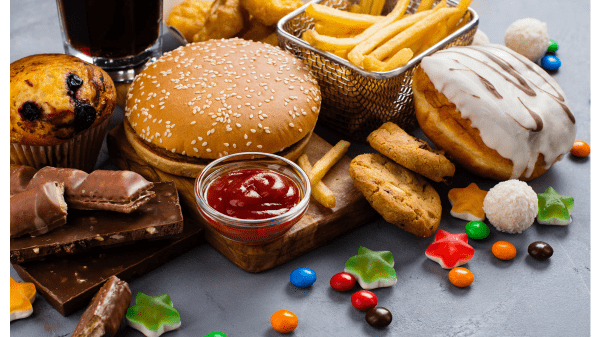With obesity currently at a rate of 36 percent in the American population, public health authorities are increasingly targeting junk food.
One method being considered to reduce junk food consumption is taxation. This approach is nothing new: tobacco products are heavily taxed for just that reason. But how do you determine what is junk food and what isn’t?
“There is a growing recognition that an unhealthy diet stems from overconsumption of what we colloquially refer to as ‘junk food,’” said Jennifer Pomeranz, assistant professor of public health policy and management at NYU School of Global Public Health. “However, public health efforts to address junk food are hindered by a lack of a uniform method to define junk food for policy purposes.”

Pomeranz and her colleagues have recently published a study investigating how junk food might be defined for tax purposes.
The researchers “analyzed 47 laws and bills from 1991 through 2021, including one active junk food tax law implemented by the Navajo Nation, three state snack food sales taxes that were later repealed, and numerous junk food tax bills that have not been enacted. (Their analysis did not include policies that solely focused on beverages such as soda taxes),” notes an NYU press release on the study.
The researchers “found that existing policies used several criteria to define foods, including product categories (e.g. candy, chips), processing (e.g. added preservatives), place of preparation or sale (e.g. homemade, farmers market, vending machine), nutrients (e.g. levels of salt, saturated fat, or sugar or calories), and serving size. Of the 47 policies, 26 used multiple criteria to define foods.”
Food categories are one approach used for determining what is and what isn’t junk food. Bread products, for example, have often been excluded from the junk food category because, unlike sweets and snacks, it is an acknowledged staple.
Processing and nutrient criteria have also been prominent in determining what is and isn’t junk food, “generally favoring products with lower levels of processing and additives. This combined approach—which may provide a path forward for new junk food policies—is used in a Navajo Nation junk food tax that defines which food is taxed based on category, processing, and nutrients, including saturated fat, salt, and sugar,” notes the NYU press release.
An added consumer tax on junk food—which would infuriate much of the public—is not likely to be the best approach, the researchers conclude. Instead, they advocate “the use of junk food taxes implemented as excise taxes paid by manufacturers or distributors, rather than sales taxes that need to be administered by retailers and paid directly by consumers.”
Study coauthor Sean Cash, of the Friedman School at Tufts University, observes, “An advantage of excise taxes is that food companies may be motivated to reformulate their products to be healthier to avoid taxation.”
This issue affects the produce industry for one large reason: junk food is a direct competitor to fresh fruits and vegetables.
Current public health policy is increasingly aimed at targeting the former and encouraging consumption of the latter. But this approach still has a long way to go in shifting the eating habits of the American public.



